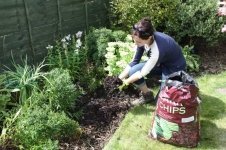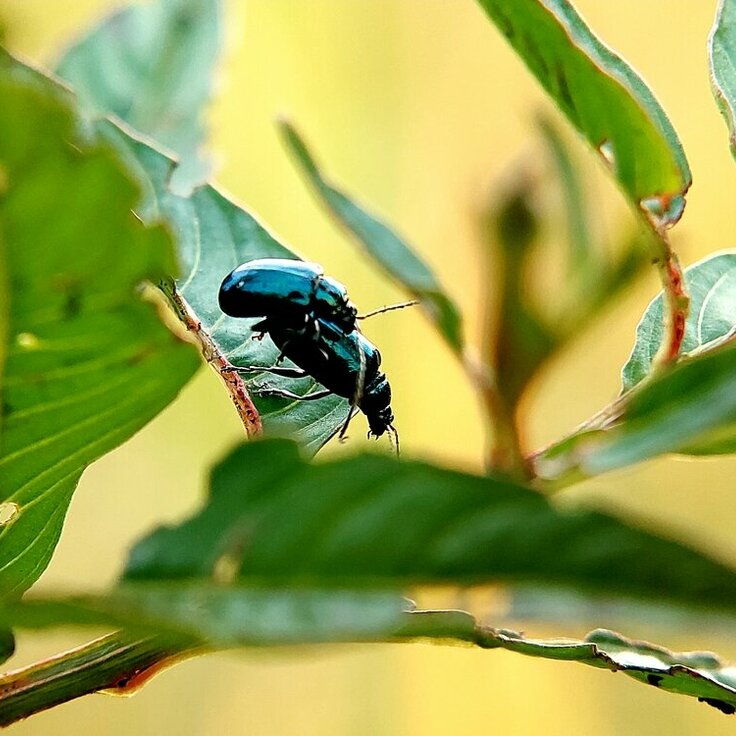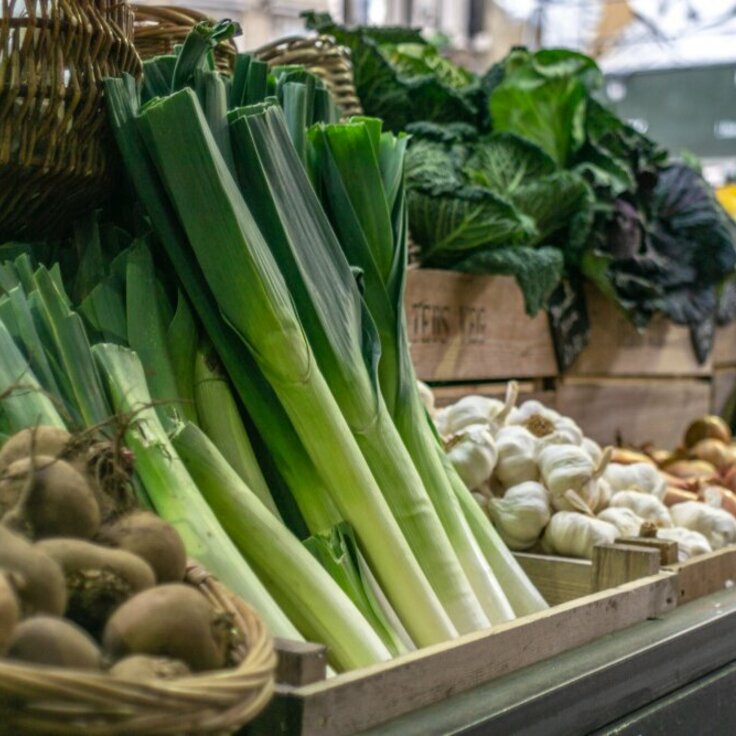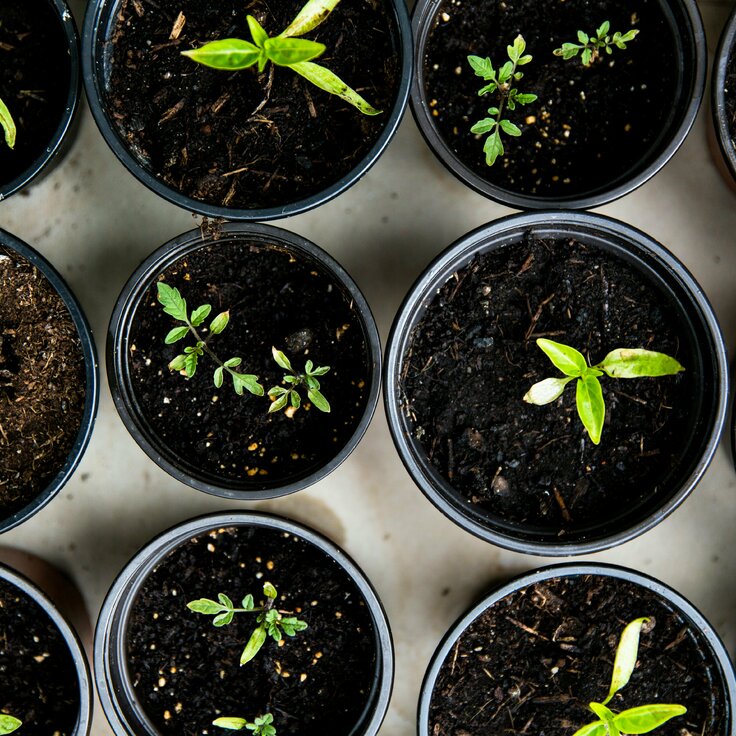Slugs and snails top of the pests for 2013
Slugs and snails were a major problem for gardeners in 2012, topping the list of gardeners’ pests for the second year running.
The RHS has just revealed its ‘Top Ten’ pests for 2012 based on enquiries received by its Entomology department. As in 2011 slugs and snails topped the list but this time they generated also most twice as many enquiries as cushion scale, the number two pest. The previous year both pests had almost a similar number of enquiries.
“The dominant feature of 2012 was the weather, and this had a big impact on garden pest problems,” said Andrew Halstead, RHS Principal Scientist Plant Health. “As we all know, this was the second wettest year in the past 100 years. Pests that like damp conditions therefore did well. Last summer the demand for slug controls, especially nematodes used as a biological control, sometimes exceeded supplies.”
To beat slugs and snails, gardeners can transplant sturdy plantlets grown on in pots, rather than young vulnerable seedlings. They can also place slug traps, such as scooped-out skins of half oranges or grapefruits laid cut side down or jam jars part-filled with beer and sunk into the soil, near vulnerable plants.
Barriers can also be used to keep slugs and snails away from plants. Try copper tapes around pots or standing them on matting impregnated with copper salts. Moisture-absorbent minerals placed around plants may be useful and, of course, predators that eat slugs and snails - some birds, frogs, toads, hedgehogs, slow-worms and ground beetles - should be encouraged in gardens.
Mosquitoes and biting midges were also prevalent because of the plentiful supply of temporary pools and wet soil. These provided ideal breeding sites where the larvae could develop.
However, the below-average temperatures and wet weather may have had some positive effects. These conditions can reduce the mating success and rate of development of pests, as well as restricting their mobility. Some pests, such as horse chestnut leaf-mining moth, euonymus scale and viburnum beetle, were noticeably less troublesome last summer. Other pests - particularly aphids and scale insects - are susceptible to fungal infections that can spread rapidly in wet conditions, and this may have resulted in reduced populations.
“It will be interesting to see what effect the wet winter has on pest populations in 2013,” says Andrew. “Insects that overwinter underground or spend part of their life cycle there can drown when the soil becomes waterlogged. This affects not just pests but also some beneficial insects, such as ground-nesting solitary bees.”
“Slugs and snails are often so abundant in gardens that some damage has to be tolerated. Gardeners need to accept that they cannot be totally eradicated,” says Andrew. “Seedlings and other vulnerable plants can be protected with slug pellets containing metaldehyde or ferric phosphate but there are also some useful non-chemical controls. For example, a biological control specific to slugs is available in the form of a microscopic nematode or eelworm (Nemaslug).”








